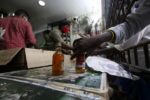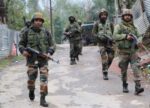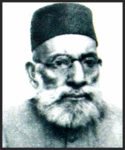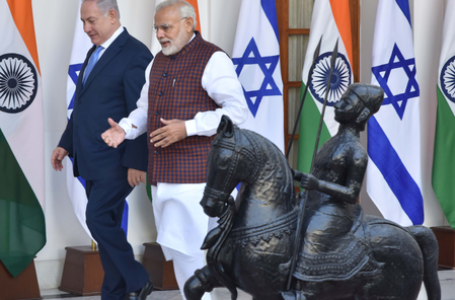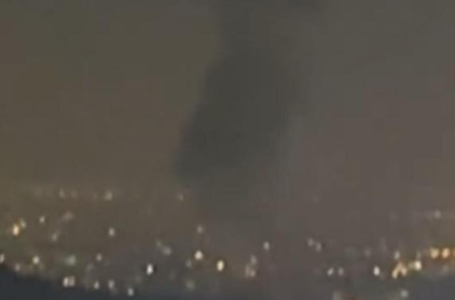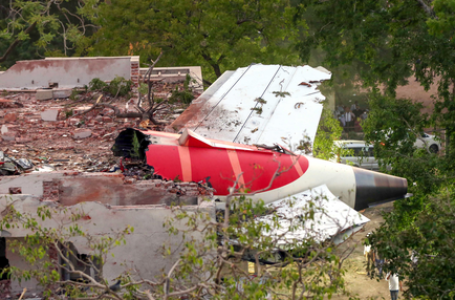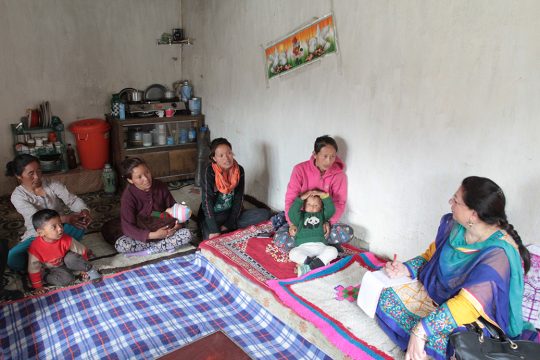
June 1, 2021
Srinagar: Already caught in quagmire due to border tension with China, the people living along the 3,440km (2,100-mile)-long Line of Actual Control (LAC) in eastern Ladakh are having worst of their nightmares due to unavailability of high-speed internet.
With the result, education of the children and registration for COVID-19 vaccine has been badly hit.
At an altitude of nearly 3000 meters, the 12 villages falling under Chushool constituency including Chushool lake, Mann, Merak, Khakted, Spangmik, Lukung, Yourgo, Phobring, Brama, Kherapullu, Sattoo and Chibra due to unavailability of 4G internet remains cut off from the world virtually.
The problems of the villages having a population of nearly 3000 people have been aggravated in the ongoing pandemic as the students are having it difficult to attend their online classes.
“We have some 200 students studying currently,” says Chushool Councillor Konchok Stanzin.
Stanzin who has been vocal about the unavailability of high-speed internet in the border areas falling along LAC in trans-Himalayan region says students are finding it difficult to attend their online classes in the pandemic.
“The students have to travel all the way to Leh,” he says.
Leh is nearly 200 kilometres from Chushool. The only option for the students in the villages in V-Sat installed in four panchayat ghar at Yourgo, Mann, Chushool and Satoo.
However, at a time only a few can get connected. As a result, Stanzin says the facility proves “inadequate” for students.
The future for the students of the region studying at an altitude of 13,000 metres above sea level seems bleak, as they are facing immense issues to learn their lessons in online mode in the ongoing pandemic.
Ladakh has been in focus in 2020 due tensions with China that escalated in late April, following which in another confrontation in May last year nearly 20 soldiers were killed, while China remain tip lipped about causalities suffered on their side.
Pangong along LAC which was also a point of intense friction between India and China last year has witnessed a major de-escalation, as per local sources. “China had come to Finger 4 last year. Following talks between the two countries, Chinese have moved to Finger-8,” said an official source.
However, another source said there is a build-up in Depsang plains where massive contingents of Chinese army stand. Depsand plains are in direct proximity with Daulat Beig Oldie — strategically important base of Indian Air Force.
“They are some 20 to 30 kilometers still inside,” said the above quoted source.
The locals say the tensions last year with China have also resulted in halting of developmental works in the region, especially border areas.
“We just receive an electricity of just five hours. Though Border Roads Organisation and local road department is building roads in the region, however Changthak belt continues to be a major roadblock since Wildlife Department are not giving their clearance for road building,” says Stanzin.
The locals in the villages along LAC are also finding it difficult to register themselves for COVID-vaccines online.
“It must not be difficult for the authorities to vaccinate this sparse population,” says Stanzin.
Last year, the Ladakh UT, which has a population of 2.74 lakh according to 2011 census was one of the first few regions in the country to report a positive coronavirus case. The first two positive cases in the UT were reported on March 7 with both the patients having travel history to Iran.
Stanzin appealed Central Government to come to the rescue of people living along LAC, who have promised to usher era of development in Ladakh following abrogation of Article 370 and simultaneous bifurcation of J&K into two Union Territories in August 2019.
In an official statement tweeted by the UT’s Twitter handle stated: “Taking note of telecommunication issues and the need for proper internet facilities in the border villages, including Chushul, CEC Gyalson and DC Shrikant assured the villagers to look for every possible alternative to connect these villages digitally with the rest of the world at the earliest”.
“The officials shared that they are in touch with the concerned public and private sector telecommunication operators to establish the phone and internet network in the village at the earliest. They added that this would fulfil the long-pending demand and benefit the villagers, especially students, who have to stay at homes to attend virtual classes and need e-learning resources in the current time of the worldwide pandemic,” it said.
It added: “The officials visited Primary Health Centre (PHC) and Covid Care Centre (CCC) at Chushul. Assessing the current Covid-19 situation in the village, the officials reviewed preparations for medical emergencies and necessary arrangements in fighting against the new wave of deadly Coronavirus. They handed over two oxygen concentrators-one each at PHC and CCC, Chushul, and distributed pulse oximeters, hand sanitisers and face masks to the health care workers”.





